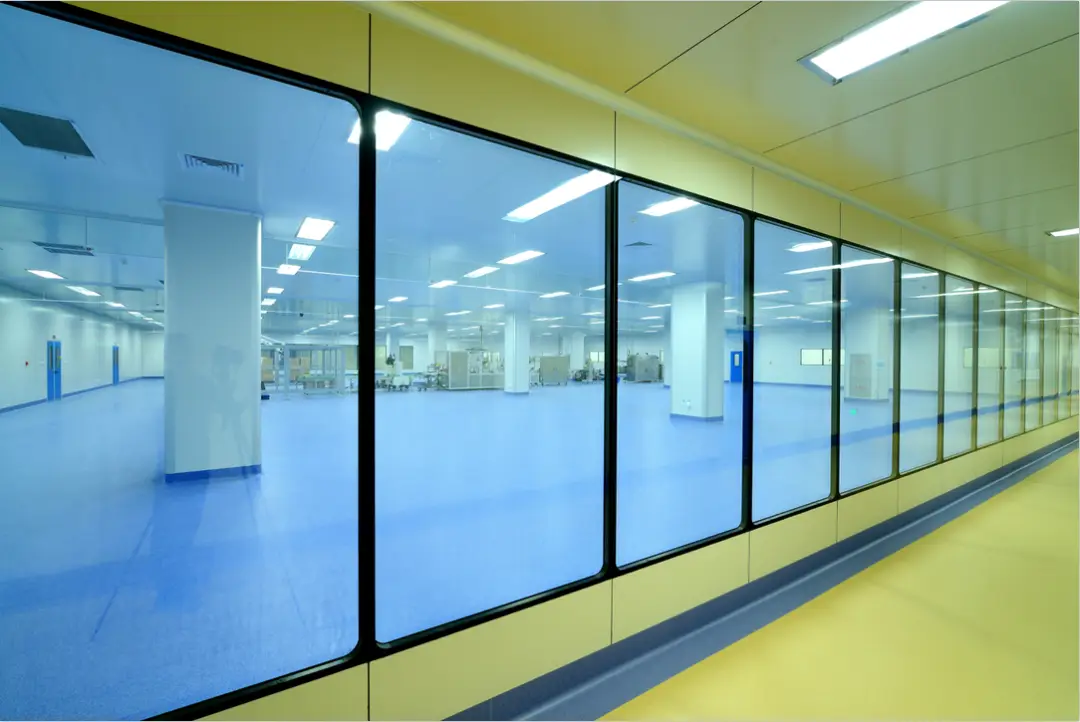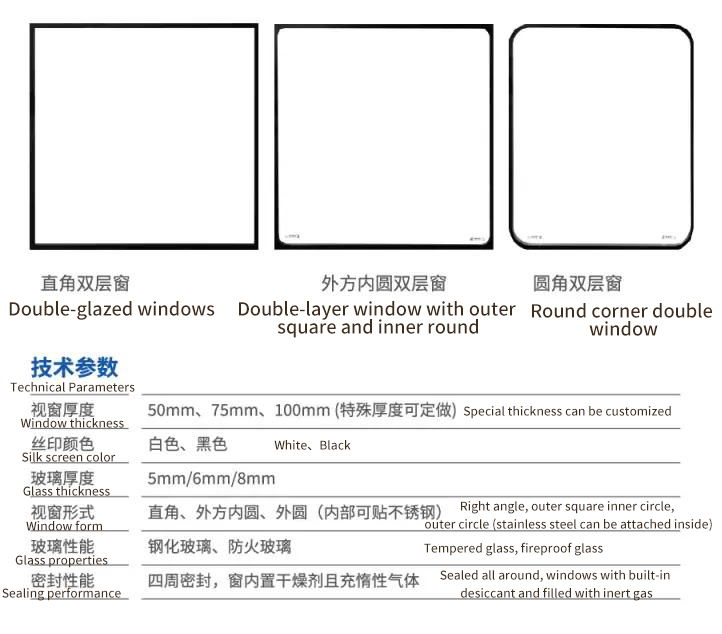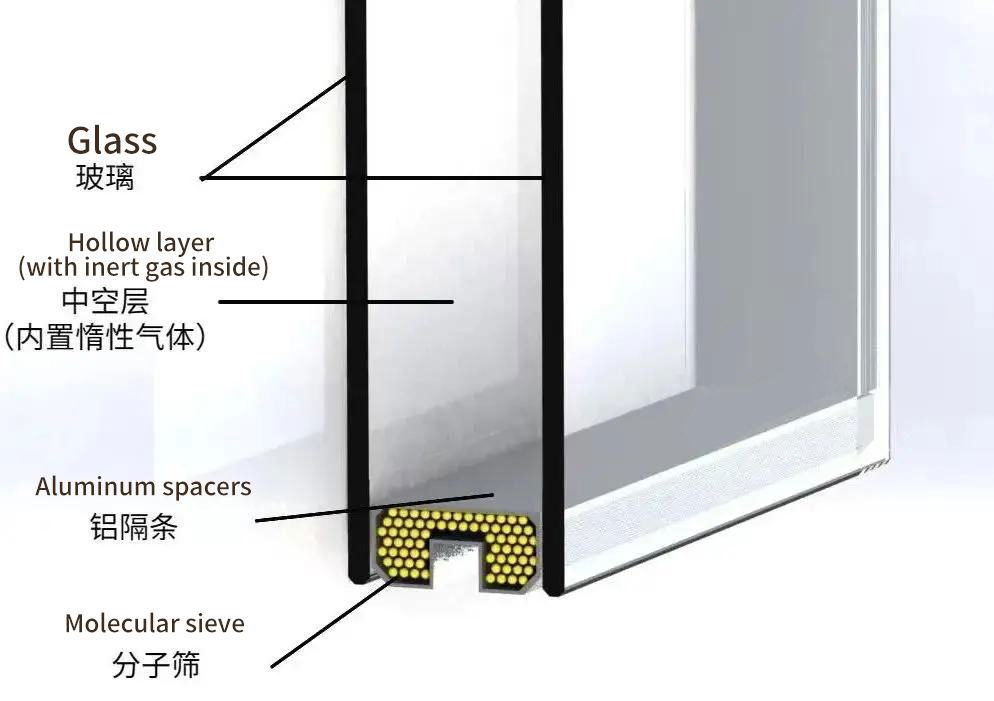Insulating glass: the best choice for building energy saving and comfort

Insulating glass was invented by Americans in 1865. It is a new type of building material that is good at heat insulation, sound insulation, beautiful and practical, and can reduce the weight of buildings. It is made of two (or three) pieces of glass, using a high-strength and high-airtightness composite adhesive to bond the glass sheets to an aluminum alloy frame containing a desiccant to make high-efficiency sound insulation and heat insulation glass. Common insulating glass is 5+9A+5 double-layer insulating glass. Here, 5 refers to the thickness of the glass, which is 5mm, 9 refers to the hollow part of 9mm, and the letter A is the abbreviation of air. There are also models on the market such as 5+15A+5, 5+22A+5, 5+27A+5, 5+32A+5, etc.
PART01
Basic structure of insulating glass
01
Original glass
You can use colorless transparent glass of various thicknesses and sizes, as well as tempered, laminated, wired, embossed, colored, coated, non-reflective glass, etc.
02
Spacer
A structural product made of aluminum or aluminum alloy to form a cavity, used to fill molecular sieves, isolate hollow glass sheets, and play a supporting role. The spacer has the function of holding molecular sieves; protecting adhesives from sunlight and extending their service life.
03
Molecular sieve
Its function is to balance the humidity between the glass. When the humidity between the glass is too high, it absorbs moisture, and when the humidity is too low, it releases moisture to balance the humidity between the glass to prevent the glass from fogging.
04
Inner sealant
Butyl rubber has stable chemical properties, outstanding air tightness and water tightness, and its main function is to prevent external gas from entering the hollow glass.
05
Outer sealant
The outer sealant mainly plays a fixing role because it will not flow due to its own weight. The outer sealant belongs to the structural adhesive category, with great bonding strength and good sealing. It forms a double seal with the inner sealant to ensure the air tightness of the hollow glass.
06
Filling gas
For ordinary air and inert gas, the initial gas content of insulating glass should be ≥85% (V/V). Insulating glass filled with argon slows down the heat convection in the insulating glass, thereby reducing the thermal conductivity of the gas, and performs well in sound insulation, heat preservation, energy saving and other aspects.
PART02
Main performance characteristics of insulating glass
01
Sound insulation and heat insulation
Since the desiccant in the aluminum frame keeps the air in the glass hollow dry for a long time through the gap on the aluminum frame, the insulating glass has excellent heat insulation performance; it can reduce the noise by 27-40 decibels, and the 80 decibel noise outside is only 50 decibels indoors.
02
Good light transmittance
This allows the light in the clean room to be easily transmitted to the visiting corridor outside. It also better introduces outdoor natural light into the room, improves the brightness of the room, and creates a more comfortable production environment.
03
Improved wind pressure resistance
The wind pressure resistance of insulating glass is 15 times that of single-piece glass.
04
High chemical stability
Generally speaking, it has strong resistance to acids, bases, salts and chemical reagents. In this regard, it is easy to become the first choice for clean room construction in many pharmaceutical companies.
05
Good transparency
It allows us to easily see the conditions and personnel operations in the clean room, which is convenient for observation and supervision.




